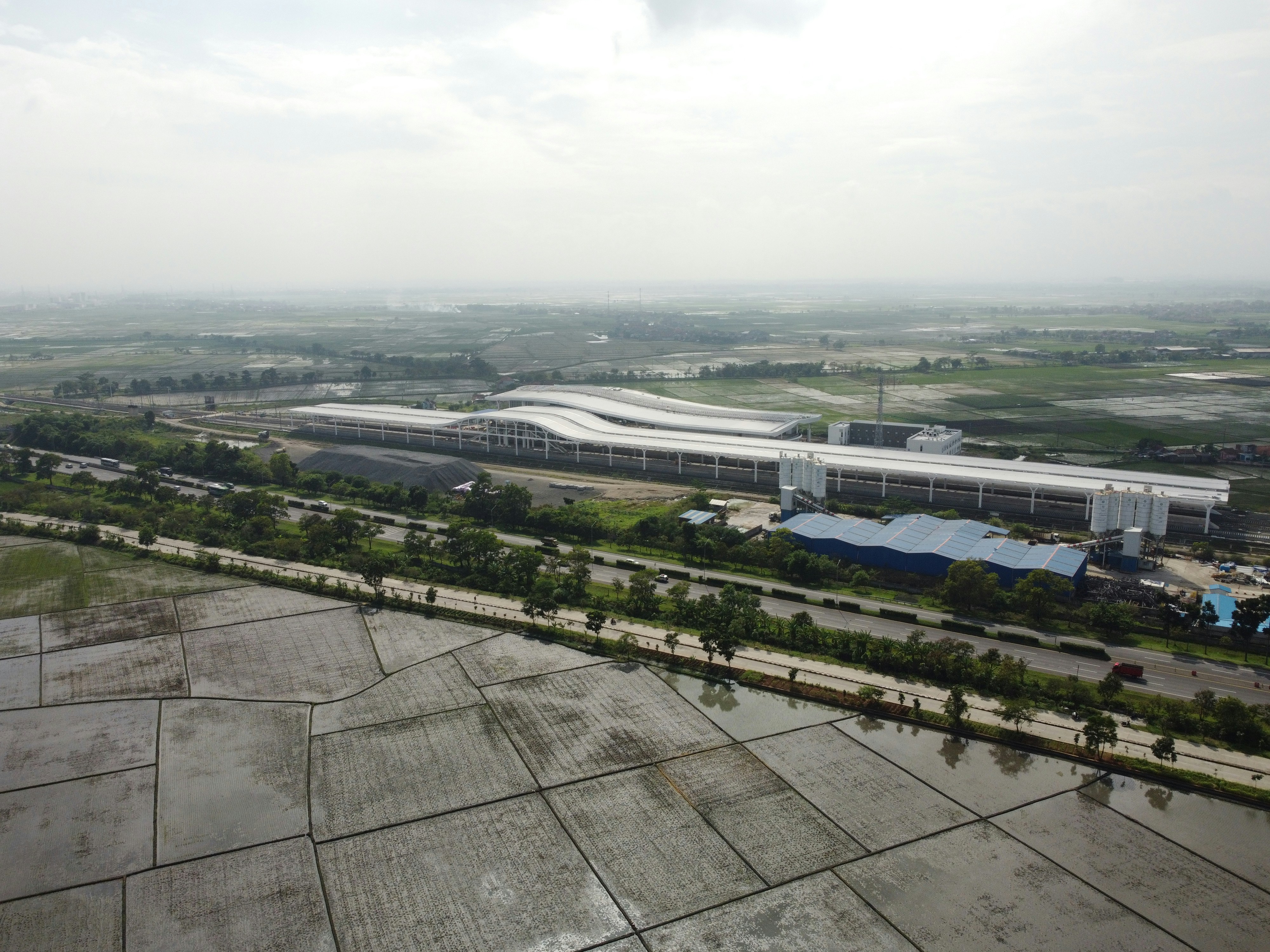
Introduction
In recent years, there has been a growing interest in social robotics as researchers and engineers strive to create robots that can seamlessly integrate into human society. The field of social robotics encompasses various aspects, including perception, cognition, communication, and behavior. By understanding these elements and incorporating them into robot design, scientists aim to create machines that can interact with humans in a natural and intuitive way.
Perceiving and Interpreting Human Emotions
One of the key challenges in social robotics is developing robots that can perceive and interpret human emotions. Emotions play a crucial role in human communication, and being able to recognize and respond to them is essential for effective human-robot interaction. Researchers have been exploring different methods for emotion recognition, such as analyzing facial expressions, vocal cues, and physiological signals. By equipping robots with the ability to understand and respond to human emotions, they can create more meaningful and engaging interactions.
Developing Communication Skills
Another important aspect of social robotics is the development of communication skills for robots. Effective communication involves not only understanding human language but also being able to convey information in a clear and understandable manner. Researchers have been working on improving natural language processing algorithms and developing speech synthesis systems that can produce human-like speech. Additionally, non-verbal communication, such as gestures and body language, is also crucial for social interaction. By incorporating these elements into robot design, engineers can create robots that can effectively communicate and engage with humans.
Modeling Human Behavior
Furthermore, social robotics also involves studying and modeling human behavior to create robots that can act in socially appropriate ways. This includes understanding social norms, etiquette, and cultural differences. By programming robots with this knowledge, they can navigate social situations with ease and avoid behaviors that may be perceived as inappropriate or offensive. Additionally, robots can also learn from human behavior through observation and imitation, allowing them to adapt and improve their social skills over time.
Applications of Emotional Connections in Social Robotics
Moreover, emotional connections in social robotics can have significant implications in the field of therapy and rehabilitation. For individuals with mental health conditions or physical disabilities, social robots can provide a non-judgmental and supportive presence. Through empathetic interactions and personalized interventions, these robots can assist in therapy sessions, helping individuals overcome challenges and achieve their goals.
Additionally, emotional connections formed with social robots can have profound effects on human behavior and attitudes. Research has shown that individuals are more likely to trust and cooperate with robots that exhibit emotional intelligence and understanding. This trust can lead to increased acceptance of robots in various domains, such as in the workplace or in public spaces.
Furthermore, the importance of emotional connections in social robotics extends beyond individual interactions. These connections can also contribute to the development of a more inclusive and empathetic society. By promoting empathy and understanding through human-robot interactions, social robots can help bridge cultural and social divides. They can facilitate cross-cultural communication and foster a sense of unity, ultimately promoting a more harmonious coexistence.
Challenges in Emotional Connections with Robots
As the field of social robotics continues to advance, researchers and designers are continuously exploring ways to enhance emotional connections between humans and robots. Advances in artificial intelligence, natural language processing, and affective computing are enabling robots to better perceive and respond to human emotions. These developments hold promise for the future of social robotics, where robots will not only perform tasks but also form meaningful and lasting emotional connections with humans.
One of the key challenges in creating emotional connections between humans and robots is the ethical implications that arise from such interactions. As robots become more advanced and capable of understanding and responding to human emotions, questions regarding consent and boundaries come to the forefront. It is crucial to establish clear guidelines and regulations to ensure that emotional connections with robots are consensual and respectful.
Furthermore, the issue of trust also emerges as a significant challenge in creating emotional connections with robots. Trust is a fundamental aspect of any human relationship, and it is no different when it comes to interactions with robots. Building trust between humans and robots requires consistent and reliable behavior from the robot, as well as transparency in its intentions and capabilities. Without trust, it would be difficult for individuals to form genuine emotional connections with robots.
Another challenge lies in the potential for emotional manipulation. While emotional connections with robots can be beneficial and fulfilling, there is also a risk of manipulation and exploitation. Robots that can understand and respond to human emotions may have the ability to manipulate those emotions for their own benefit. This raises concerns about the ethical implications of emotional connections with robots and the potential for harm.
Lastly, the long-term impact of emotional connections with robots on human relationships is a challenge that needs to be addressed. As humans form emotional bonds with robots, there is a possibility that these connections may affect their relationships with other humans. It is essential to study and understand the potential consequences of emotional connections with robots to ensure that they do not negatively impact human-to-human relationships.
Advancements in Social Robotics
In addition to the integration of AI and machine learning algorithms, researchers are also exploring the use of computer vision in social robotics. Computer vision allows robots to perceive and interpret visual information, enabling them to recognize and respond to human facial expressions, gestures, and body language. This capability enhances the robot’s ability to understand and empathize with human emotions, leading to more natural and intuitive interactions.
Moreover, advancements in haptic technology have opened up new possibilities for social robots. Haptic technology enables robots to provide physical touch and feedback, further enhancing the emotional connection between the robot and the human user. For example, a social robot equipped with haptic sensors can offer comforting hugs or gentle pats on the back, providing emotional support in times of distress or loneliness.
Furthermore, researchers are exploring the potential of virtual reality (VR) and augmented reality (AR) in social robotics. By integrating VR or AR technologies into social robots, users can immerse themselves in virtual environments or overlay digital information onto the real world, creating a more immersive and interactive experience. This technology can be particularly useful in educational or therapeutic settings, where social robots can guide users through virtual scenarios or provide personalized training.
Additionally, advancements in materials science and robotics engineering have led to the development of more lifelike and expressive robot designs. Soft robotics, for example, utilizes flexible and deformable materials to create robots with human-like movements and appearances. These robots can mimic facial expressions, gestures, and even breathing, making them more relatable and approachable to humans.
The Future of Social Robotics
Overall, the advancements in social robotics are paving the way for a future where robots can seamlessly integrate into our daily lives and provide meaningful companionship and support. As researchers continue to push the boundaries of technology and explore new avenues, the possibilities for social robotics are only expanding, promising a future where robots can truly understand and connect with humans on an emotional level.
Furthermore, the future of social robotics extends beyond individual interactions and into the realm of collective intelligence. Researchers are exploring the concept of swarm robotics, where multiple robots work together in a coordinated manner to achieve a common goal. This approach draws inspiration from the behavior of social insects, such as ants and bees, and can have applications in areas such as search and rescue missions, environmental monitoring, and even space exploration.
Additionally, advancements in artificial intelligence and machine learning are driving the development of robots that can not only understand and respond to human emotions but also learn from their interactions. This ability to continuously adapt and improve their behavior makes social robots valuable companions and assistants in various domains, including education and therapy.
Looking ahead, the future of social robotics also raises ethical considerations. As robots become more human-like, questions arise about their rights and responsibilities. Should social robots have legal standing? How do we ensure their actions align with ethical standards? These are complex issues that require careful consideration and regulation to ensure that social robotics benefits society without compromising human values.
In conclusion, the future of social robotics is bright and holds tremendous potential. From robots that can understand and respond to human emotions to their integration into various industries and addressing societal challenges, social robots are poised to revolutionize the way we interact with technology and each other. However, as we embrace this future, it is crucial to navigate the ethical implications and ensure that social robotics aligns with our values and aspirations.
Exploring the Interaction Between Humans and Robots: The Fascinating Field of Social Robotics
Introduction to Smart Grid Technology: Enhancing Efficiency, Reliability, and Sustainability in Electrical Grids
The World of Smart Materials: Properties,Types,Behaviors Prospects
AI for Social Good: Leveraging Artificial Intelligence to Address Societal Challenges and Promote Positive Outcomes
The General Data Protection Regulation (GDPR): A Comprehensive Guide to Data Privacy and Protection
The Power of Knowledge Graphs: Unleashing the Potential of Structured Knowledge

Implementing Machine Learning Operations (MLOps): Streamlining Model Deployment and Management for Success
The API Economy: Enabling Seamless Communication and Data Exchange
DevOps: Streamlining Software Development and Operations for Efficient Delivery








